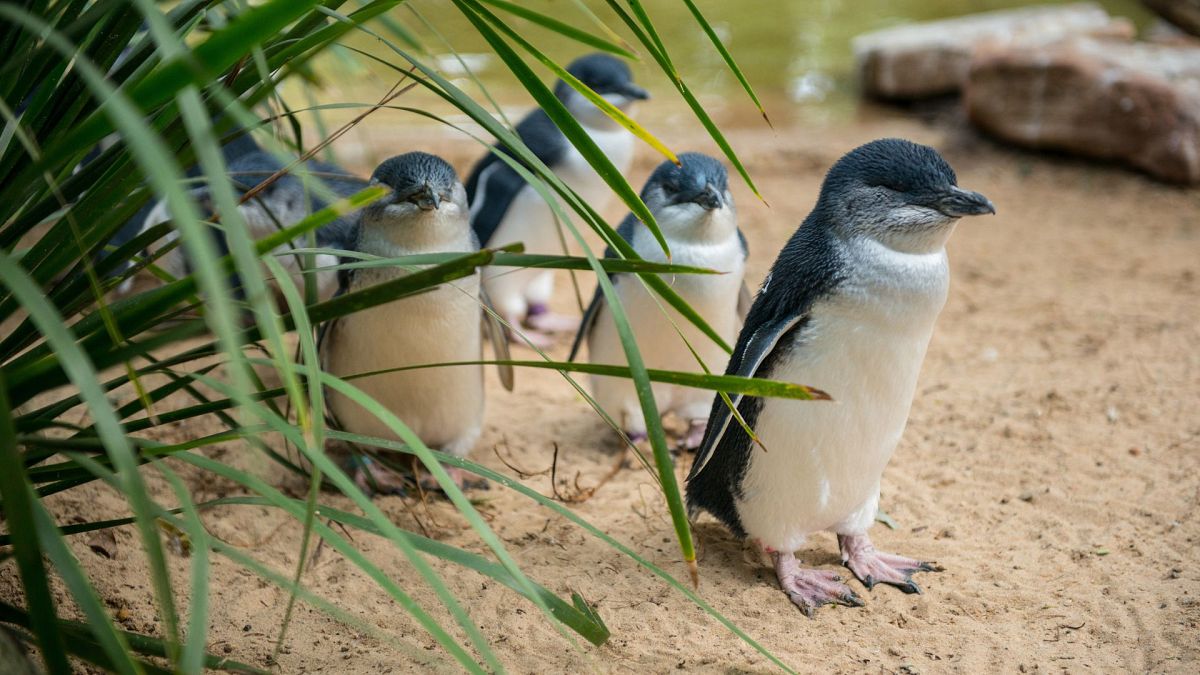What will be the biggest travel trend in 2025? It’s time to go back to nature, says Expedia.
Starling murmurations, Northern Lights and bioluminescent plankton: our planet is brimming with otherworldly marvels.
If they dominate your travel bucket list, 2025 is the year to seek them out, according to Expedia’s latest trend report.
Drawing on global research and data from their own bookings as well as those of accommodation sites Hotels.com and Vrbo, the online travel agency has made eight predictions for the year ahead.
Among them is the Phenomena List, which Expedia says will see travellers going to great lengths to witness natural wonders.
The seeds of the trend were sown back in April, when a total solar eclipse over North America sold out rural, private holiday homes in its path.
This year also saw the Northern Lights venture southward – if you missed out in 2024, don’t despair: 2025 is set to bring even stronger displays to surprising locations in Europe.
Here’s how to get a front row seat to some of the world’s most spectacular natural phenomena in 2025.
Where to see the Northern Lights in 2025
The enduringly alluring Northern Lights haven’t lost their shine: Expedia survey data shows that 61 per cent of travellers long to experience the phenomenon.
And, luckily, it’s never been more accessible – especially in Europe.
Finland’s Lapland region remains one of the best places to experience the aurora borealis, along with Tromsø in Norway, Abisko in Sweden and Thingvellir National Park in Iceland – where you’ll also be close to other natural marvels like volcanoes, geysers and hot springs.
But thanks to the sun being in a particularly intense phase of solar activity, flares have been appearing further south of the Arctic Circle too. This cycle is expected to peak in 2025, making Northern Lights displays more visible in countries like the UK, Germany and Italy.
For more nighttime wonders, look up your nearest International Dark Sky Park – a title awarded to protected areas around the world that preserve and protect the night skies from artificial light pollution.
Expedia recommends Arches National Park in Utah, USA, where you can marvel at the stars through over 2,000 natural stone arches. More easily accessible, Europe’s largest dark sky parkin Northumberland is a perfect place to go aurora-chasing.
Penguin parades and crane ballets
From the sky back down to Earth, our feathered friends can’t resist putting on a show.
Head to Hokkaido in northern Japan to witness an annual ballet of red-crowned cranes. In February and March, they take part in a spectacular mating dance at the Tsurui Crane Sanctuary, often with a backdrop of powdery white snow.
Flightless but no less fanciful, the world’s largest colony of little penguins parade from the ocean to their burrows on Phillip Island near Melbourne, Australia, nightly. Head to a viewing platform or boardwalk at sunset to witness the waddling exhibit.
Closer to home, Denmark’s Wadden Sea National Park comes alive each spring and autumn with the wave-like ‘Black Sun’ starlings’ migration.
Between October and February, starling murmurations can also be seen in Somerset, UK, at Ham Wall and Shapwick Heath nature reserves.
It may be rare for travellers to actively seek out insects, but many make an exception in the Great Smoky Mountains. Head to Gatlinburg, Tennessee, between May and June to see the night sky fairy-lit with synchronous fireflies in a display fit for an anime movie.
Watch the ocean light up with bioluminescent plankton
Sparkling skies turn to shimmering waters in Vero Beach, Florida. In the summer months, the waves light up with bioluminescent plankton – a firm bucket list favourite for fans of Leonardo DiCaprio’s hit 2000 movie ‘The Beach’.
Bioluminescence can also be witnessed in Thailand, where the film is set, in the caves of Phang Nga Bay near Phuket, as well as various other locations from Jamaica’s Luminous Lagoon to the Maldives’ Vaadhoo Island.
For a different seaside experience, Expedia also recommends checking out the Bay of Fundy in Canada, where the highest tides in the world allow you to walk on the ocean floor alongside cliffs home to the world’s most complete fossil record of life 300 million years ago.



